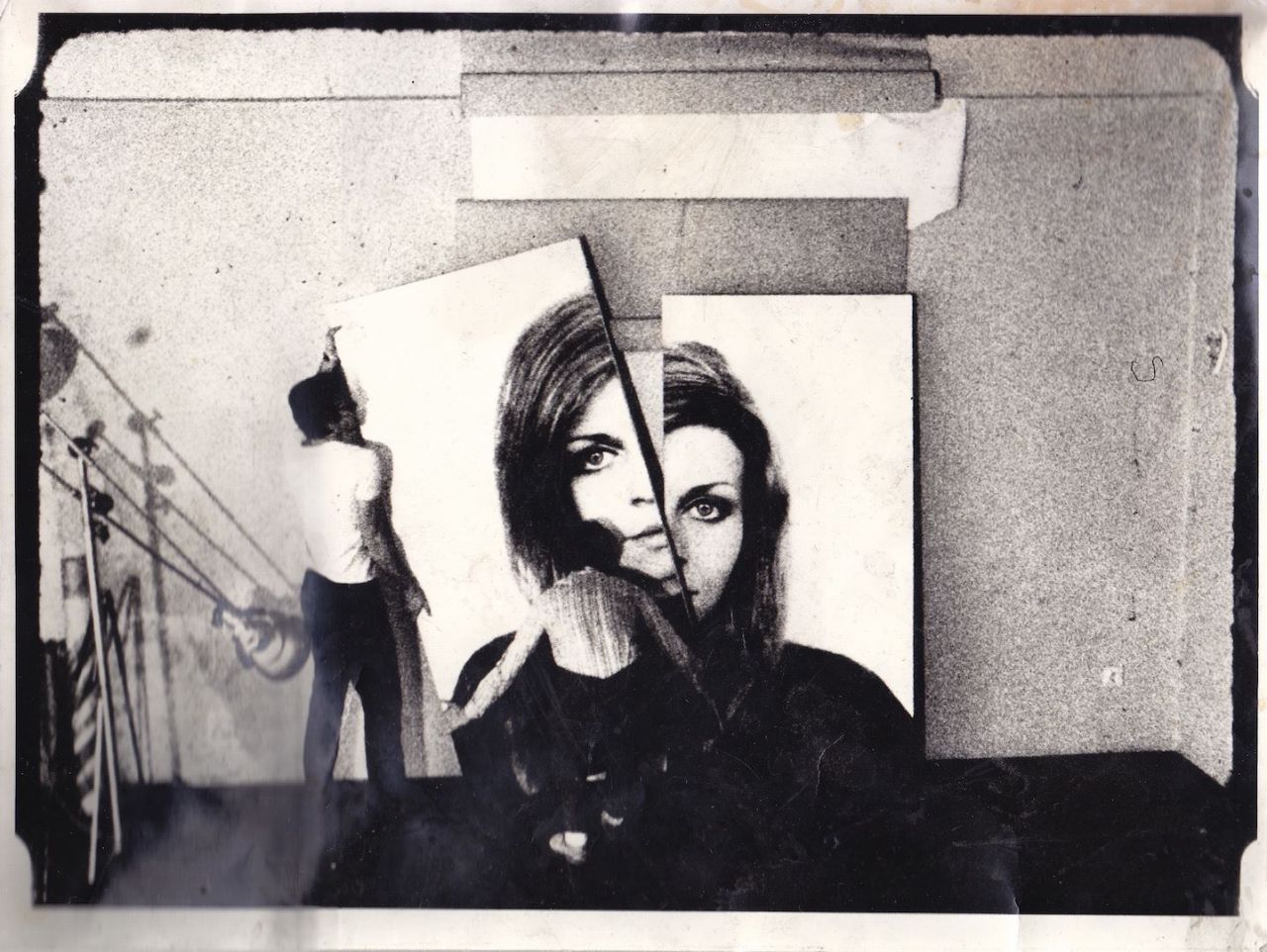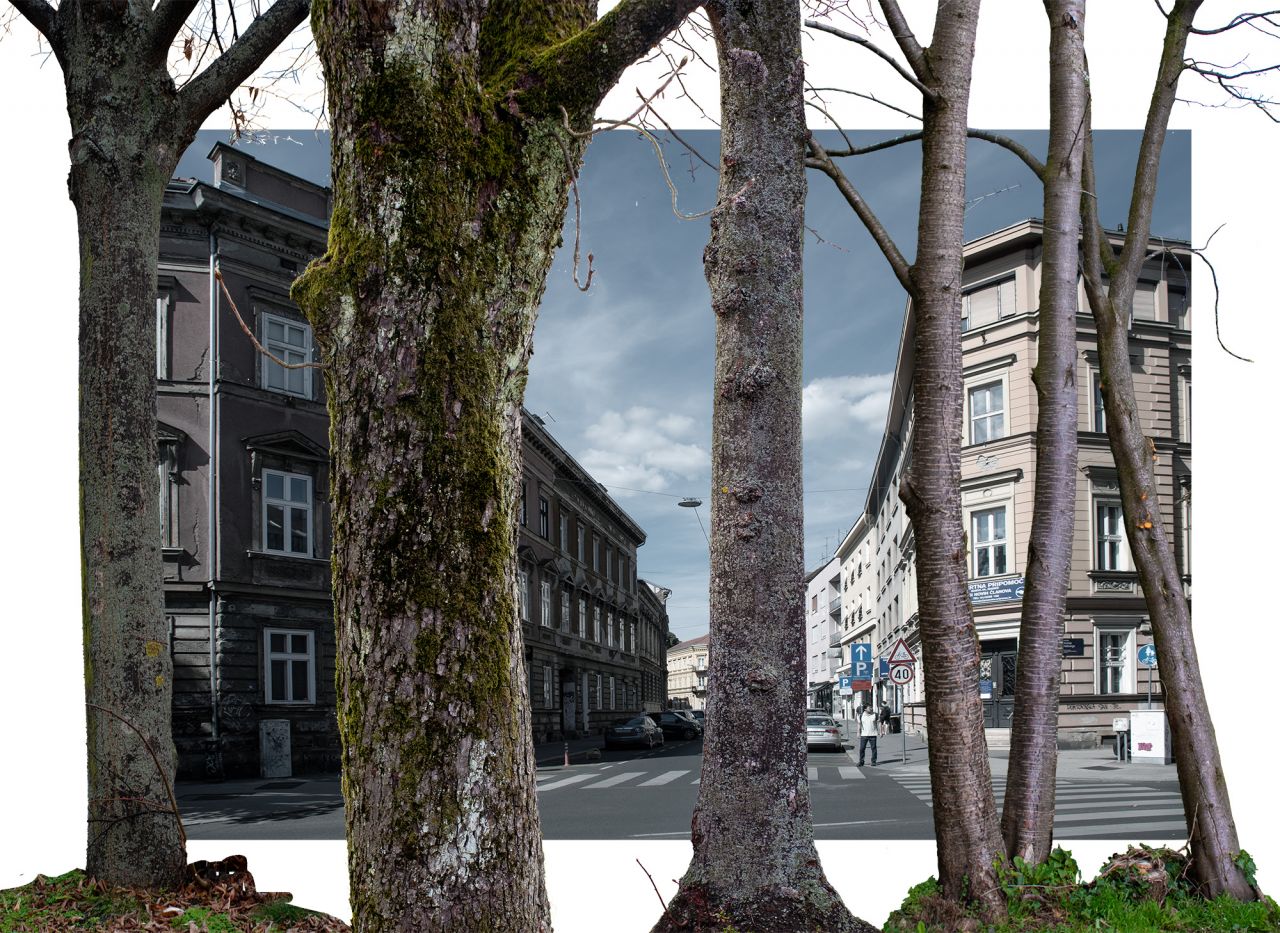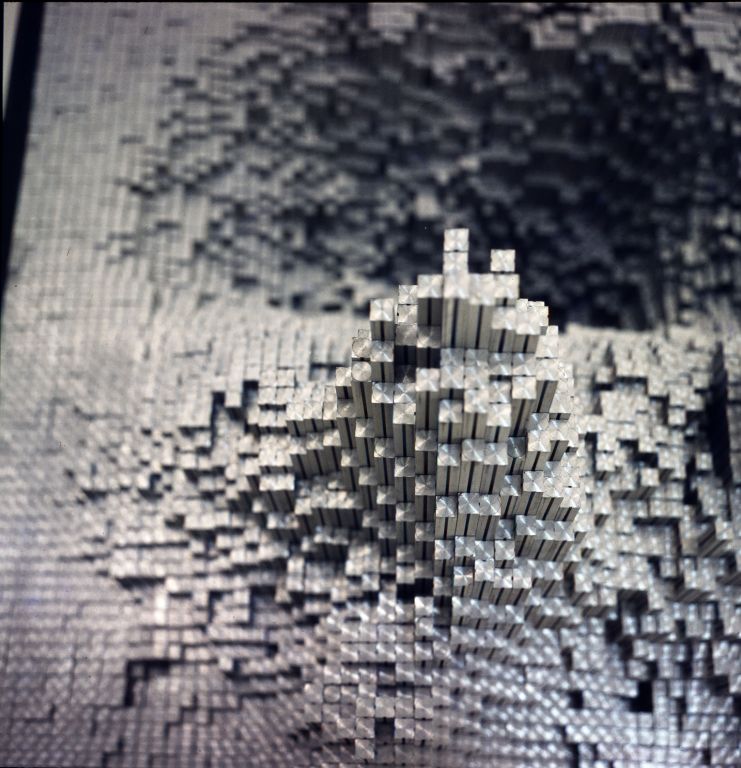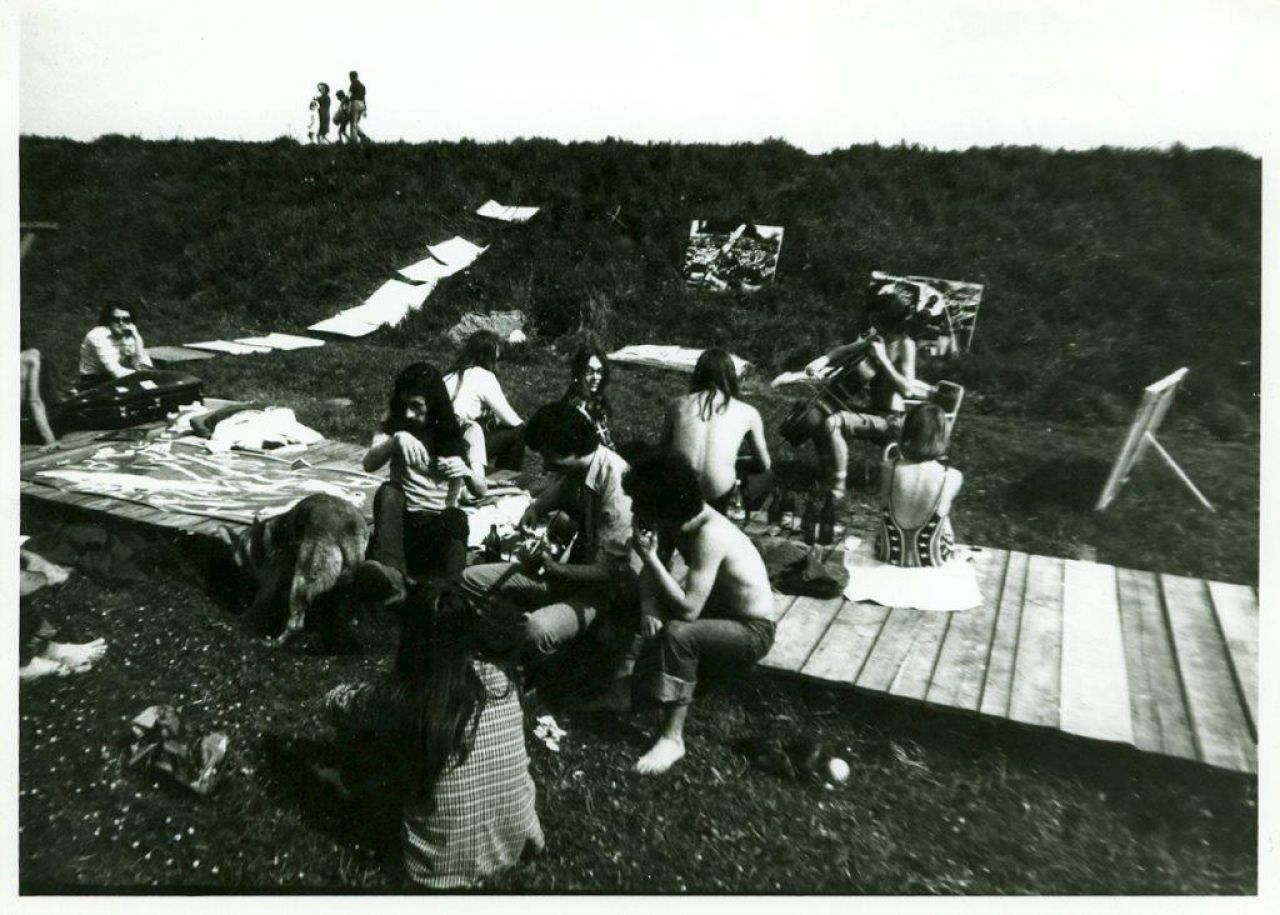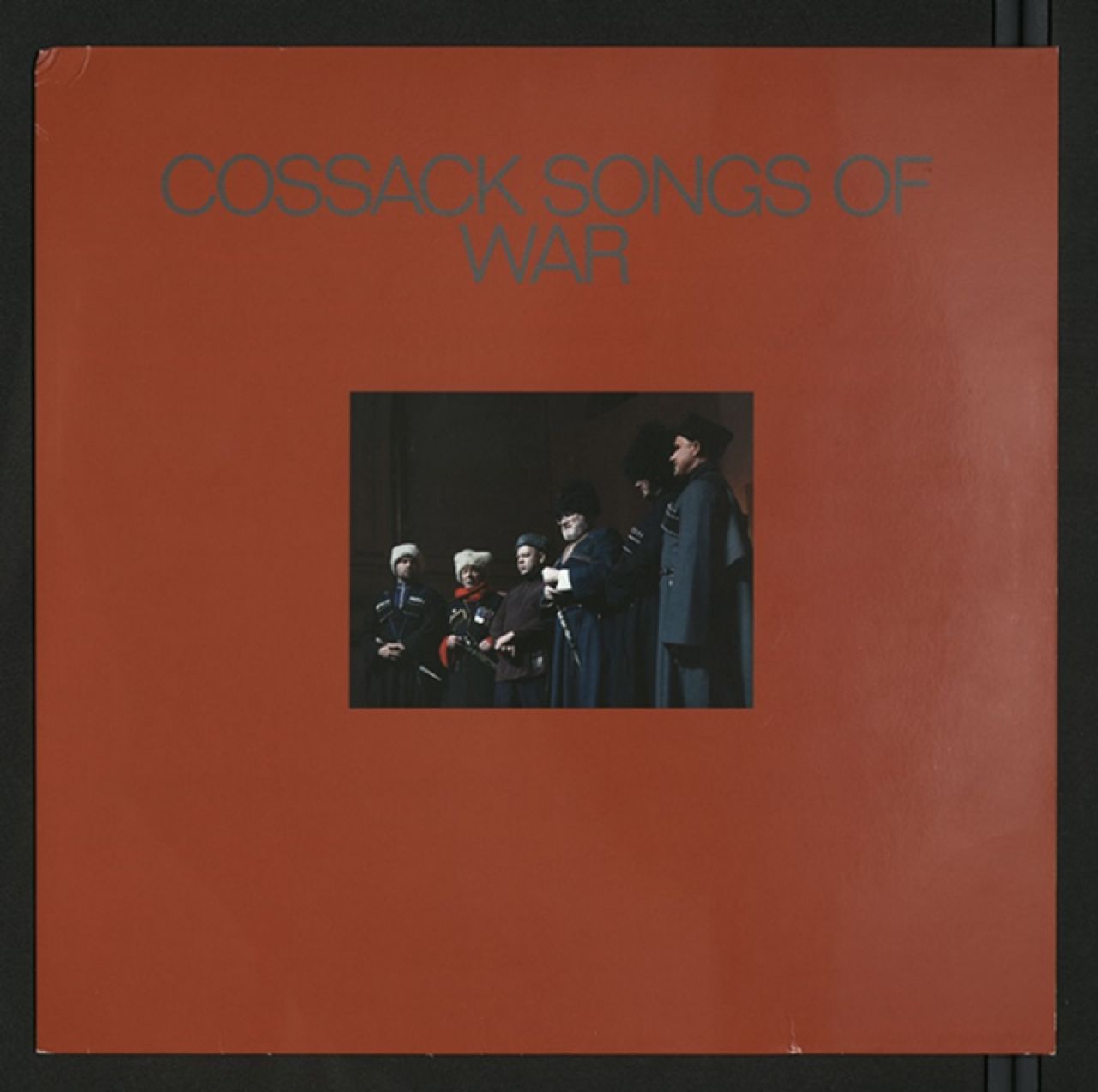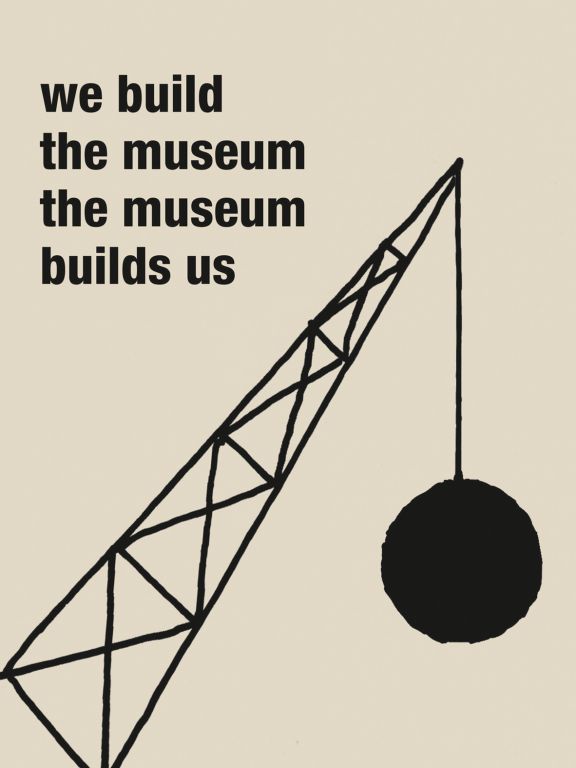GEFF 63 – 69
11.12.2025. - 15.02.2026. / MSU, Black Box
Museum of Contemporary Art Zagreb and the Croatian Film Association, with the Institute Tomislav Gotovac as co-organizer, present the retrospective exhibition dedicated to the Genre Film Festival (GEFF), first experimental film festival in the former Yugoslavia and Eastern Europe, and one of the key places for the formation of structural film, conceptual art and broader avant-garde tendencies in 1960s.
FIND OUT MORESINTART 19: NIKA RADIĆ — 1/3
18.10.2025. - 08.02.2026. / Zbirka Richter
In the nineteenth edition of the SintArt cycle, featured artist Nika Radić will deal with the theme of extending green surfaces in urban spaces, one of the key issues of contemporary life marked by accelerating spatial changes and growing climate uncertainty. A theme that requires us to reassess our current ways of thinking and acting in space. Plants have been the focus of Nika Radić's artistic interest in the last few years, exploring the ways they perceive and communicate. She examines the possibility of a more balanced relationship between man and nature and the ways in which natural systems can become models for a more sustainable way of contemplating urban life.
FIND OUT MOREThe exhibition “Futures”
04.04.2023. - 31.12.2025. / MSU, 2. kat
The two main views of the future are often mutually exclusive; the first is based on progressive advancement and growth, while the other one sees this advancement and growth as a threat to the planet and all living beings. Already from these different views, we can conclude that the future before us is not a single one; rather, there are several possible futures and hence, we do not speak of a “future,” but rather of the “futures.”
FIND OUT MOREComradeship / Collection as a Verb
07.07.2022. - 31.12.2025. / MSU, 1. kat
'Comradeship' exhibition is the second in a series called Collection as a Verb, which we are doing as a team, to redefine the concept of a museum and the social context in which it is located. After the the first exhibition – 'Sad Songs of War', about war and violence, 'Comradeship' opens up the themes of solidarity and compassion, the role of art and museums in improving the world. The word 'camaraderie' has the same root as society, and comrades are connected by affection, cooperation, connection with an idea or work.
That's why 'Comradeship' presents works from the collections of Museum's art collectives, as well as works by artists realized in cooperation with various communities. Ranging from today's canonized neo-avant-garde to recent participatory research, 24 artists and art collectives show the innovative ways in which they can contribute to change, and even improvement, both for individuals and communities.
FIND OUT MORESad Songs of War / Collection as a Verb
05.04.2022. - 31.12.2025. / MSU, 1. kat
The first sequence of presenting works from the fundus of the Museum is conceived as an answer to the current situation. It is a desire to express solidarity and empathy with the country undergoing a tragedy similar to that which is still fresh in our memory. The exhibition was named after the sound work by the Lithuanian artist, Deimantas Narkevičius, produced in 2014 in the period of the first protests, unrests, and plights in The Ukraine, on the Independence Square in Kyiv.
FIND OUT MORE
Collection as a Verb
05.04.2022. - 31.12.2026. / MSU, 1. kat
The series of exhibitions with the joint title Collection as a Verb, which are created as a team effort, represent the new collection in duration of the Museum, so as to redefine its' concept and the social context in which it is situated. The title of the cycle is inspired by the poem “Freedom Is a Verb” by Slovenian poet Boris A. Novak. The exhibitions are not a finished project, but rather a process and swift reaction to the events around us. If we consider the collection a verb – an action, a state of being, or an occurrence – our team, together with the artists and the community, is a subject operating in time.
FIND OUT MORE